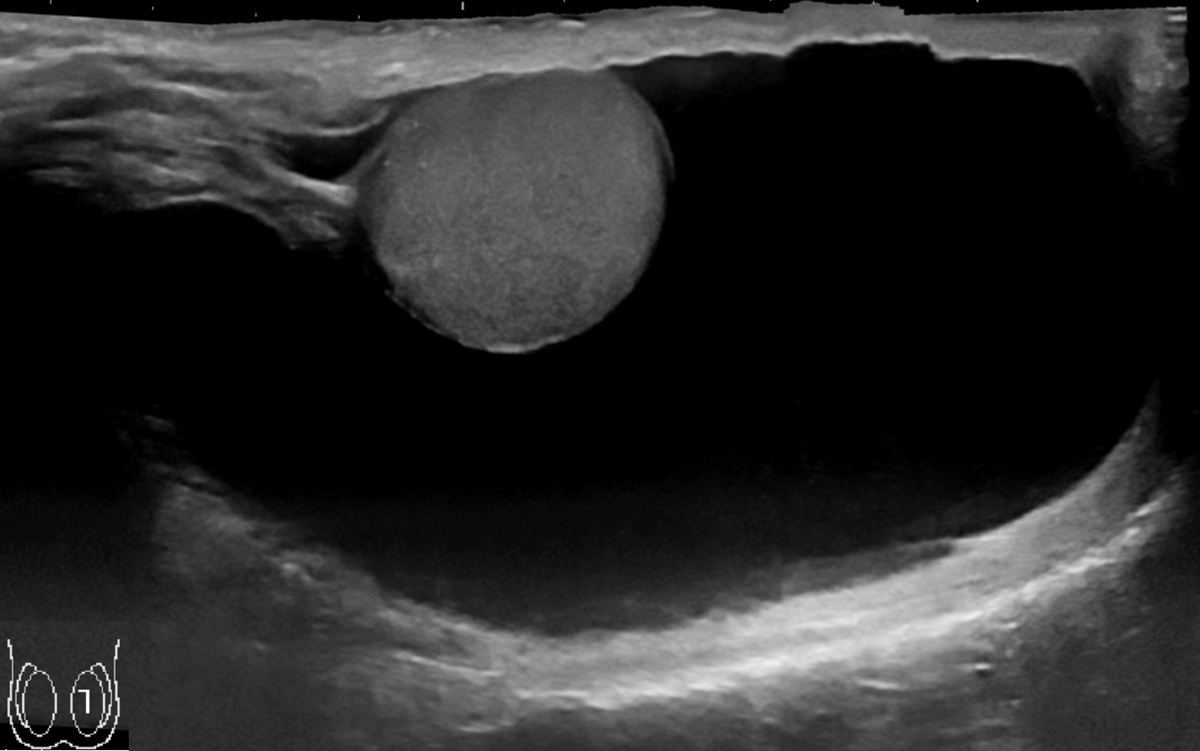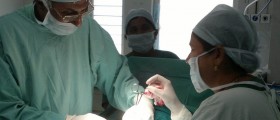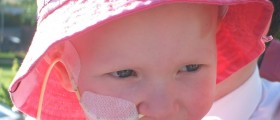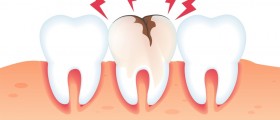
Hydrocele
Hydrocele is the medical term for a small sac that is fluid-filled and that occurs around a testicle in male infants. Furthermore, occurrence of hydroceles may lead to the swelling of scrotum, which is located underneath the penis. Typically this disorder appears in men at birth, but it can be developed as the result of some irritation or the scrotum damage. When hydroceles emerge, they are not hurting and do not need any treatment unless the scrotum swelling appears. If the swelling of one or both testicles is noticed, it is recommended to go and consult a doctor. The most common symptoms of this condition in children are redness, fever and excessive swelling. Furthermore, bleeding and increasing pain are also some of the signs of hydrocele in children, although these two symptoms appear in severe cases.
Types of hydrocele
Hydrocele can be divided into two classes: communicating hydrocele and non-communicating hydrocele.
Communicating hydrocele is thus called because it has the contact with the liquids of the abdominal cavity, which happens due to the failure of the processus vaginalis to close entirely during prenatal development. Processus vaginalis is the thin membrane that stretches through the inguinal canal and goes down into the scrotum.
On the other hand, non-communicating hydrocele does not have the contact with the fluids in the abdominal cavity, which is why it maintains more or less the same size. A non-communicating hydrocele usually disappears after six or twelve months; hence, the treatment is not necessary.
In contrast to a non-communicating hydrocele, a communicating hydrocele is recommended to be surgically fixed in order to avoid further possible complications. The surgery lasts very short, about an hour, and after it, the patient is immediately allowed to go home.
The surgery, before and after
There are some things that should be known before one decides to undergo a surgery. First of all, the child should not eat six hours before the surgery. Thus, the risk of vomiting and aspiration during anesthesia is reduced. This surgery is performed with anesthesia. The child receives general anesthesia and after that he/she sleeps. Then, the surgeon makes a small cut in the skin fold of the groin, identifies the hydrocele and empties the liquid from it. The final step is the removal of sac and reinforcing the muscle wall with stitches. In the majority of cases, children go home a few hours after surgery. Nevertheless, premature infants and children who suffer from certain medical conditions usually stay in hospital for one day for the observation.
















-In-Infants-And-Older-Children_f_280x120.jpg)
Your thoughts on this
Loading...